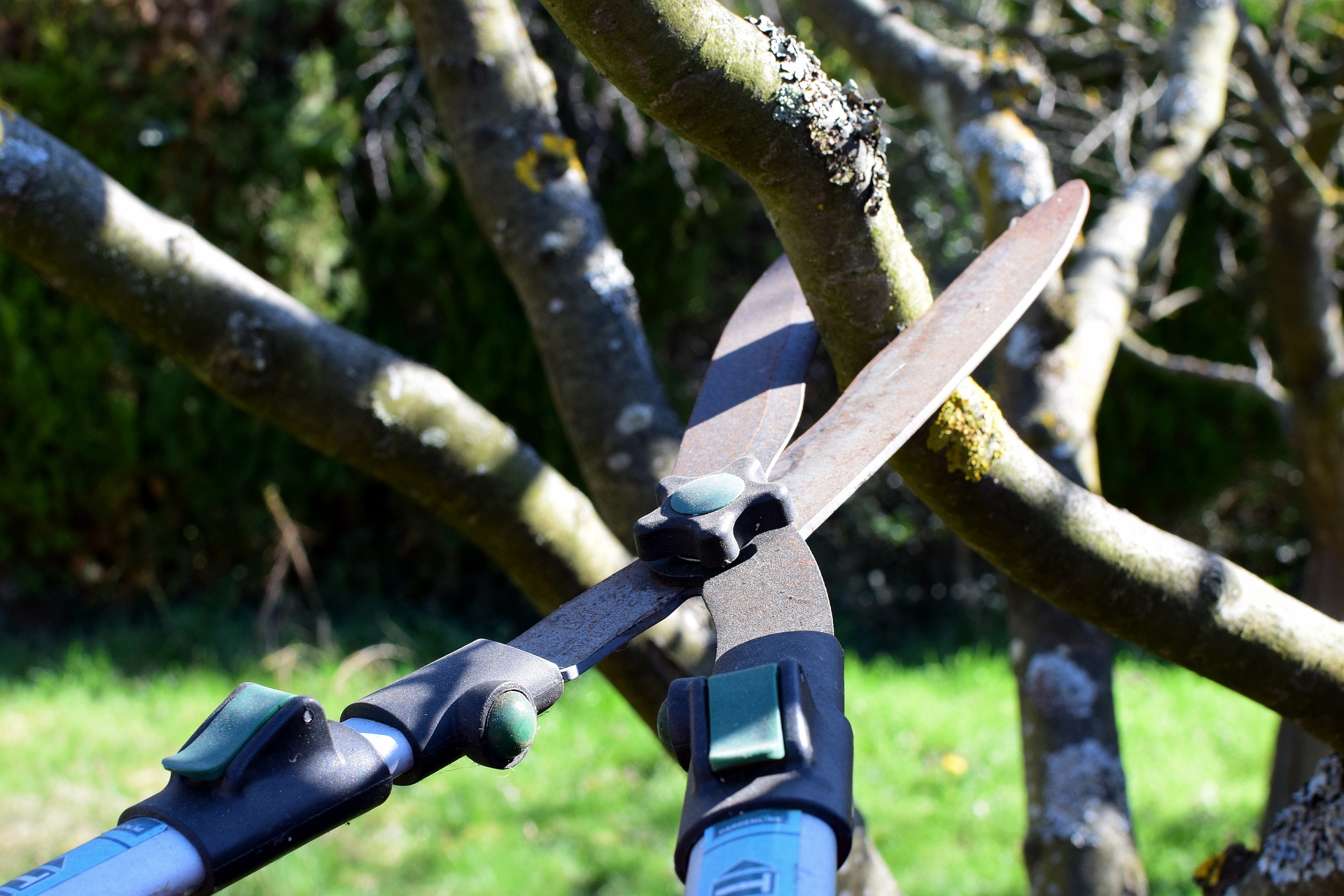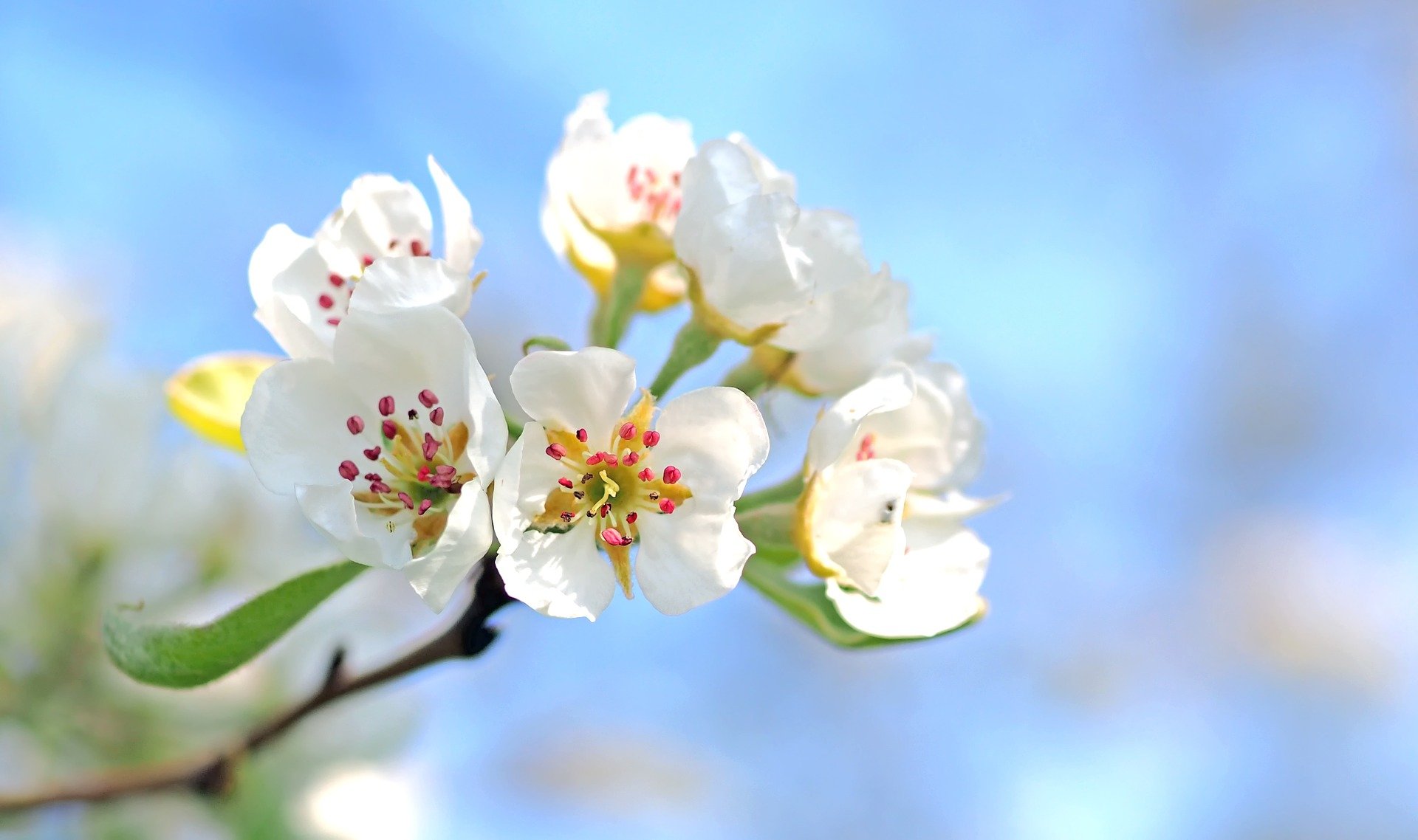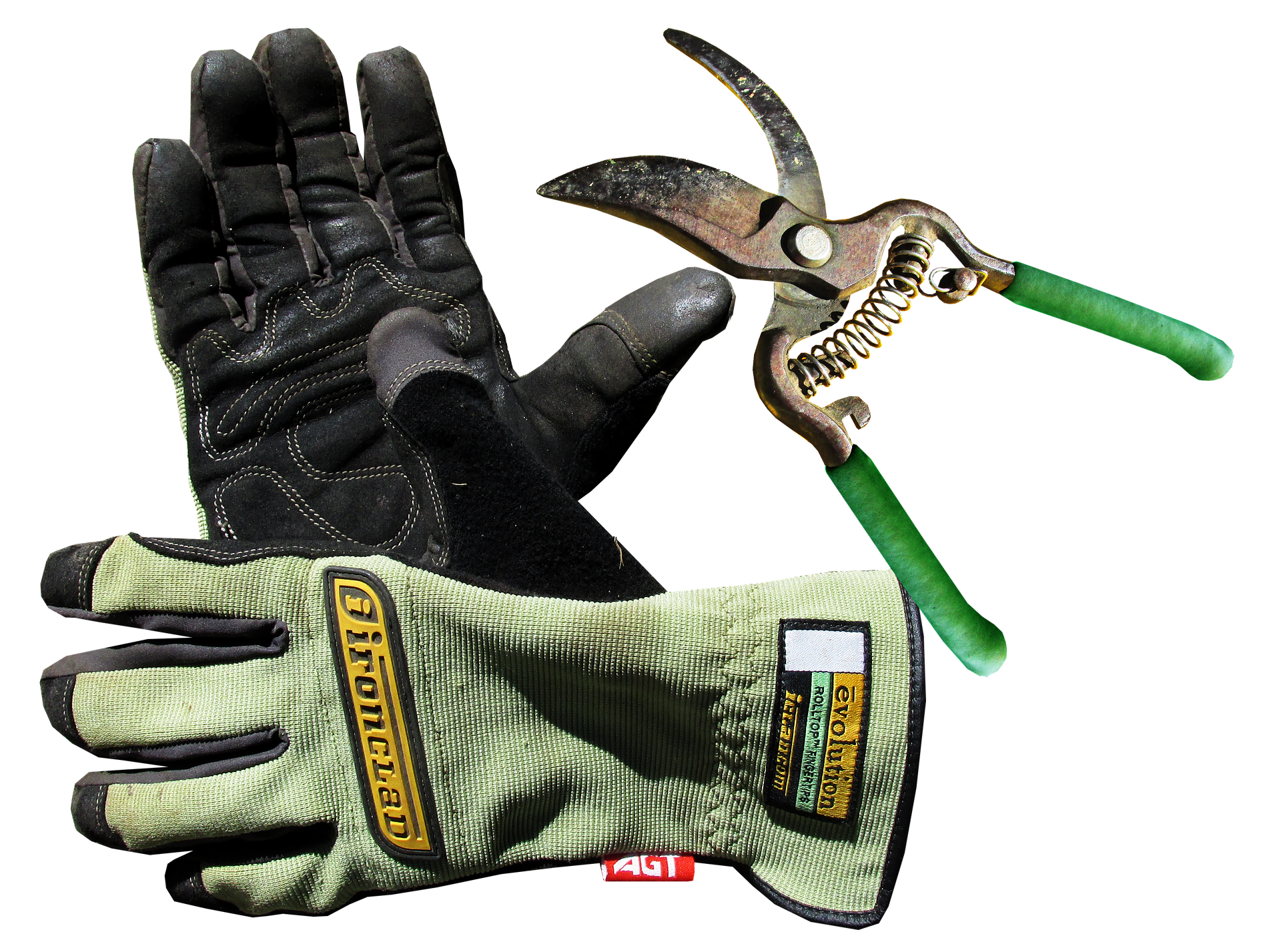You love apples, so it comes as no surprise that you want to add a couple to the back garden. Along with the decision to buy apple tree UK for that purpose, it pays to know how to tend them efficiently. One of the things that you’ll need to learn is how to prune fruit trees in general, and apple trees in particular.
Even if you don’t consider yourself to be a master gardener, learning how to prune your apple trees properly is not as daunting as it may seem. In fact, you may find that the process is a nice way to relax. Here are some of the more important aspects of pruning you need to know, including some tips on how to complete the task successfully.

What is Pruning?
What is pruning anyway? Basically, it’s the act of trimming. The goal is to remove whatever is no longer alive or is not desirable for some reason by clipping it away. Typically, pruning refers to trimming unwanted growth or dead limbs and branches from trees, shrubs, or bushes.
There are a number of reasons for pruning different types of flora. In some cases, the goal is to shape the tree or shrub for ornamental purposes. This is often the case with shrubs and bushes. At other times, the point may be to prune the flora so that it doesn’t block sunlight from reaching other forms of plants. At times, the goal of the pruning is to protect the rest of the flora from being infected with some type of blight or disease.
Along with these reasons, there are some that relate specifically to different kinds of fruit trees. That includes varieties of apple trees. Knowing about these specific reasons for pruning will help you understand why it’s so important for those newly-planted trees in your back garden.
Why is Pruning Apple Trees Necessary?
So why to prune apple tree after it reaches a certain stage in its growth? Many of the reasons have to do with ensuring additional growth in the future. They also have some impact on how much fruit the tree is capable of bearing.
One reason to thin out the limbs and branches with pruning is to allow for better air circulations. Much is made about the need for trees to have plenty of sunlight and the right nutrients in the soil. That’s with good reason. Nutrition and sunlight are essential for any type of fruit tree in UK to thrive. What’s sometimes overlooked is the need for plenty of air to circulate around the branches and foliage.
Air circulation helps to minimize the risk of pests to settle into the tree and harm it. The same is true with different types of disease. Combined with plenty of sunshine and nourishment, air moving freely amongst the foliage promotes general tree health. Pruning ensures that circulation remains efficient.
Choosing to prune the tree also aids in making sure direct sunlight is able to reach just about every part of the tree. While there is some variance based on the variety, most apples trees need six to eight hours of direct sunlight. If you prune properly, the tree is likely to remain healthy and produce a reasonable amount of fruit each season.

When Is The Best Time to Prune Apple Trees?
The timing of each pruning is important. For just about every variety, you want to identify the time of year that the tree is considered dormant. In other words, prune in the weeks before the first leaves return and the first buds emerge. You can also hold off on the pruning until the last of the season’s fruit is harvested, there are no more buds on the tree, and the leaves have begun to fall in preparation for winter.
So when to prune apple trees UK and help the tree remain healthy? In general, you want to focus on doing the pruning is somewhere between the middle of November and the end of March. Some enthusiasts narrow the range a little more by urging gardeners to wait until the latter part of winter into the early weeks of spring to do any pruning.
How do you know which of these date ranges will work best? Consult with a professional and seek information based on the variety of apple trees you have in the garden. This more precise advice will serve you well in the years to come.

Resources That You’ll Need to Manage a Proper Pruning
There’s an art to pruning apple trees, much the way there’s an art to creating a work on canvas. Both activities require access to the right resources. Before you consider doing any pruning, make sure you have them on hand.
You will definitely need a good set of pruning shears. They’re also known as clippers, pruners, and secateurs. By any name, the action is the same. The shears include two blades that you work by holding onto the handles, alternately opening and closing the blades. They work quite well when it comes to cutting through smaller branches.
You’ll also need a bow saw. This type of saw is helpful for pruning larger limbs with relative ease. Saws of this type come in more than one size. It’s possible to purchase one that’s small enough for you to operate by yourself. Depending on the variety of apple tree, this may be fine. For trees with thicker limbs, you may want to invest in a larger bow saw and make sure you have a friend who can help at pruning time.
Grecian saws are also helpful when it’s time to prune apple tree. These look a lot like bow saws but are smaller in stature. They will work well if you need to do some pruning in a closely confined space. The size also provides a lot of control, something you’ll find helpful.
Loppers are somewhat like pruning shears, in that they are used to cut off branches with ease. The handles are longer and you have two ratchets, anvils, or loppers at the end. These are great for getting to a branch that’s a little out of your reach.
When loppers are not quite long enough, a pole pruner is a good choice. These usually have a reach of up to 8 feet and will perform the same basic action.
You’ll need a couple of other resources to finish out your basic pruning arsenal. That includes a pair of gardening gloves that protect your hands while doing the pruning. The result is that you’re less likely to develop rough skin due to the activity. It also helps to have a step ladder as well as an extension ladder on hand. Both will make it possible to reach parts of taller apple trees that would otherwise be impossible to prune.

The Basic Steps to Follow When You Want to Prune an Apple Tree
Once your equipment is in place, you can begin the pruning. For one last check, make sure the blades and ratchets are sharp and ready for use. That will make the actual pruning easier to manage.
The second step in how to prune apple trees is understanding where to begin. Identify any dead or dying wood and tackle it first. Your goal is to remove the obvious problems from the tree so that you can more easily determine if there’s anything else that needs to go.
Do pay close attention to branches that brush. Brushing simply means that two or more branches are crossing over one another. Since that would lead to problems getting enough sunlight plus interfere with efficient air circulation, trimming the branches back so they no longer cross is a good idea.
You may be tempted to follow a pattern you use with other projects; that is, you may choose to prune the smaller branches first and then move on to the larger ones. For pruning an apple tree, it works best to address the larger branches first and then see if any of the smaller ones need your attention. This approach will help you avoid trimming away growth that would turn out to be beneficial.
Do keep in mind that there is no hurry in terms of completing the pruning once you begin. There’s no prize for finishing the job as quickly as possible. Take care of a branch or limb, take a moment and evaluate what you’ve done, then move on to the next one that needs to be trimmed. That makes it easier to ensure the shape remains fine and you don’t overdo the pruning.
A Few Tips That Will Help During the Pruning
When you buy apple tree and plant one in the back garden, it does pay to keep a few basics in mind. Here are some tips that will make the pruning a little easier.
It’s a good idea to use your shears or other tool to break the bark on the underside of the branch or limb first. This will mean that when you snap through the rest of the limb or branch, it will come off cleanly without stripping more bark.
By the way, be mindful of pruning too closely. A good rule of thumb is to avoid pruning into the trunk or even all the way to the trunk. You would do well to prune about the width of your hand away from the joint where the limb joins the trunk. If you’re trimming branches off a limb, leave a little of the branch joint remaining.
Do keep a receptacle close by that can contain everything that you prune. If possible, it never hurts to have the container open so you can toss the discarded branches and limbs in directly. That will mean less cleaning up once the pruning is complete.

The decision to buy apple tree for your property is just the beginning. After the planting, there will be more work to do, including pruning the tree when and as the time comes. Set up a schedule and observe the tree and its growth over time. Once you learn how to manage the pruning efficiently, the odds of enjoying a steady crop of apples will be much higher.
Fruit-trees.com uses only the cleanest stocks available for propagation and provides detailed information about planting and care, in order to give your fruit trees the greatest opportunity for success.
Visit fruit-trees.com now to pre-order your new trees for spring or summer.




